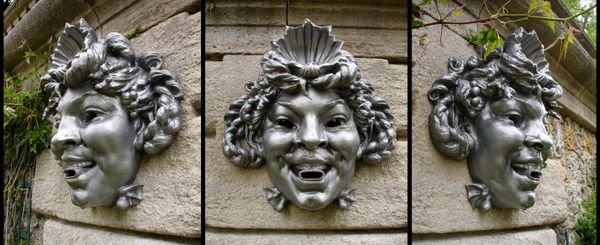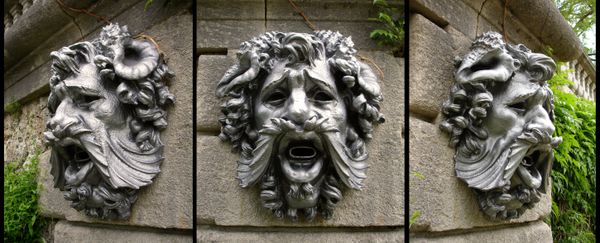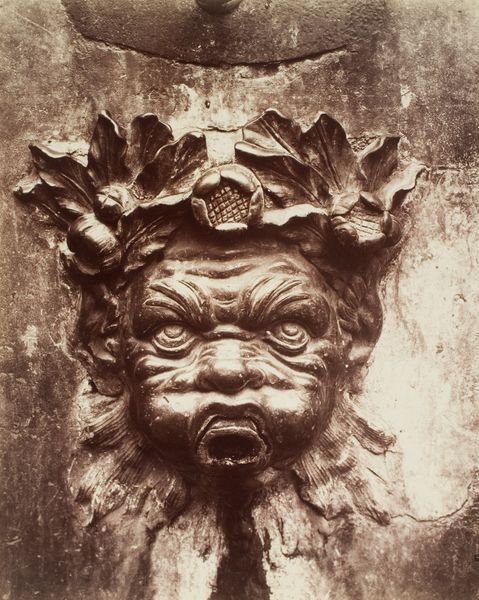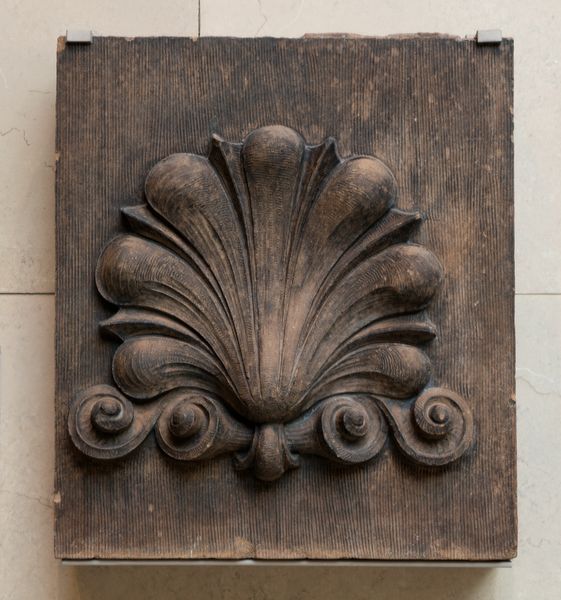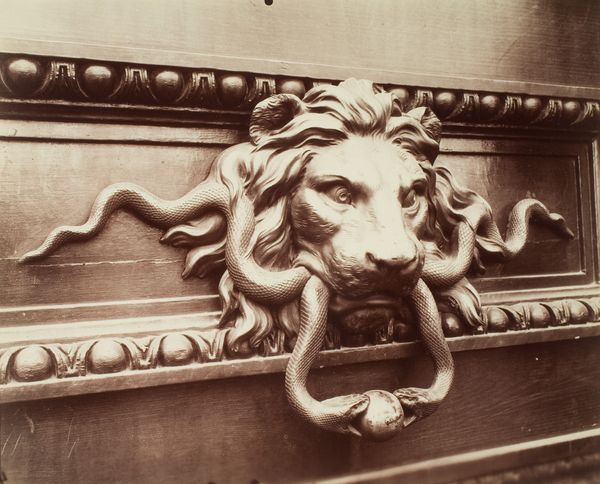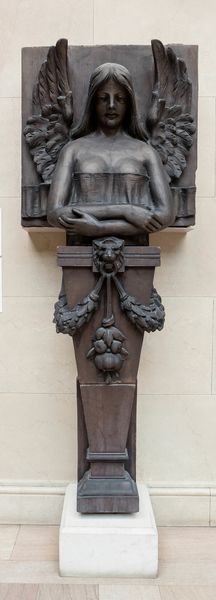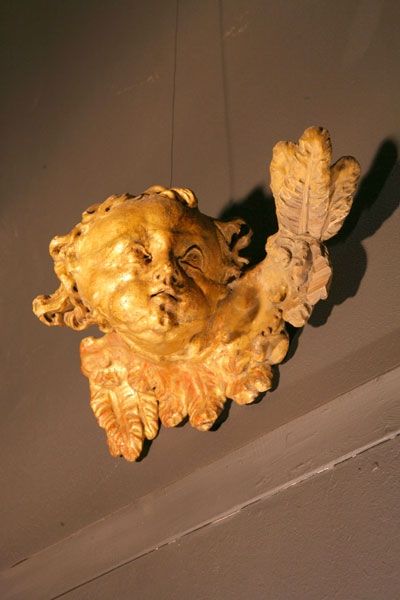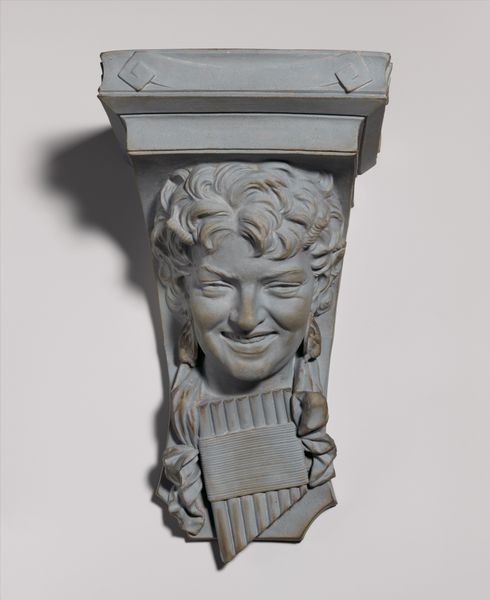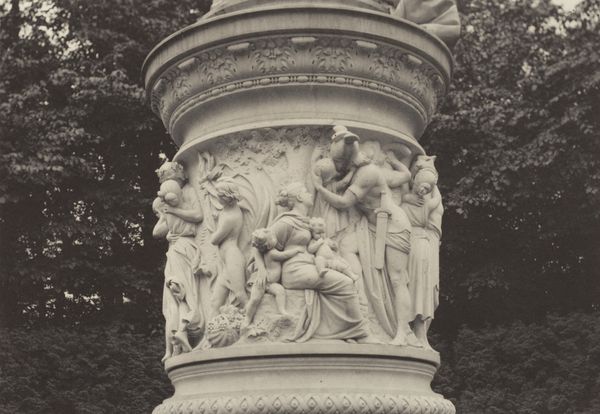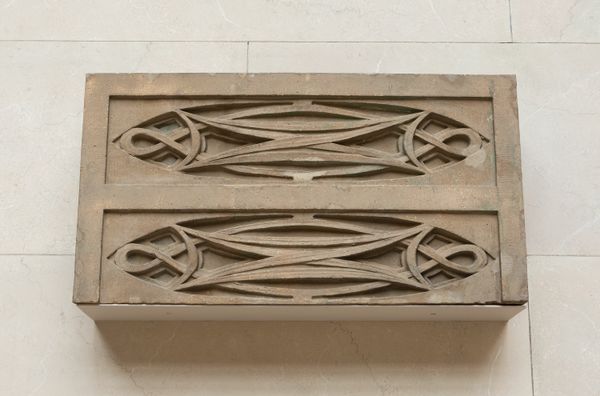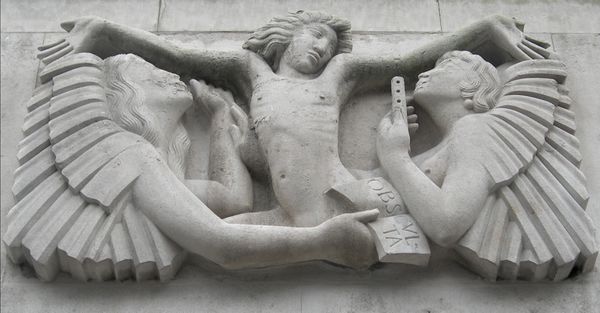
carving, bronze, sculpture
#
carving
#
head
#
sculpture
#
bronze
#
sculpture
Copyright: Public domain
Auguste Rodin’s three views of a mask captures the essence of theatrical expression in late 19th century France. Rodin who died in 1917, worked during a time when traditional art institutions were being challenged by new ideas about individual expression. The mask, with its exaggerated features and dynamic expressions, hints at the Comédie Française, a place where social satire flourished. The choice of a mask as a subject reflects the culture's fascination with artifice, identity, and representation. It invites questions about the role of the performer and the constructed nature of social roles. Rodin was interested in capturing fleeting emotions. Understanding Rodin’s art means looking into the cultural spaces where his work was displayed and debated. The writings of art critics from that period, institutional records, and the artist's own correspondence are essential. It is only by understanding the social and institutional context that we can unlock its full potential.
Comments
No comments
Be the first to comment and join the conversation on the ultimate creative platform.
